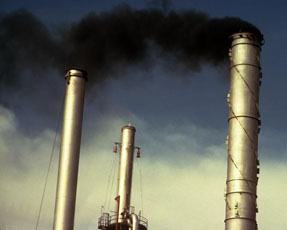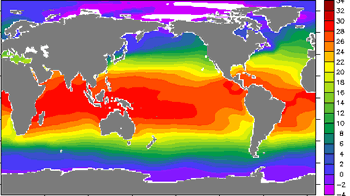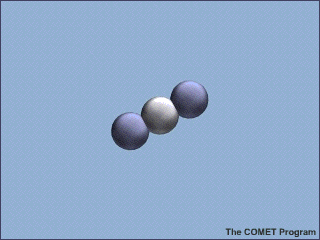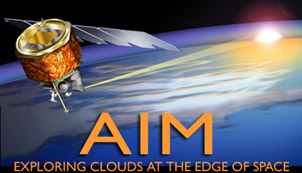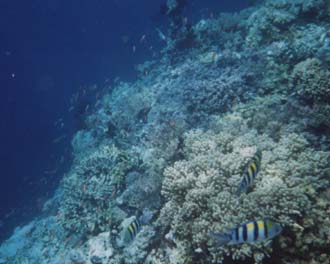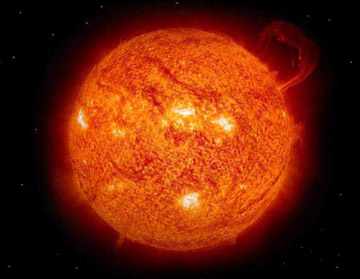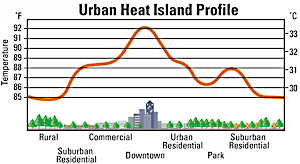
Courtesy EPA
Urban Heat Islands
What Is an Urban Heat Island?
An urban heat island (UHI) is a metropolitan area which is significantly warmer than its surroundings. According to the EPA, many U.S. cities have air temperatures up to 10°F (5.6°C) warmer than the surrounding natural land cover. This temperature difference usually is larger at night than during the day and larger in winter than in summer, and is most apparent when winds are weak. Their main causes are changes in the land surface by urban development along with waste heat generated by energy use. As population centers grow, they tend to change greater areas of land which then undergo a corresponding increase in average temperature.
The heat island sketch pictured here shows a typical city's heat island profile. It demonstrates how urban temperatures are typically lower at the urban-rural border than in dense downtown areas. The graphic also show how parks, open land, and bodies of water can create cooler areas.
How Do Heat Islands Form?
Heat islands form as vegetation is replaced by asphalt and concrete for roads, buildings, and other structures necessary to accommodate growing populations. These surfaces absorb—rather than reflect—the sun's heat, causing surface temperatures and overall ambient temperatures to rise. Displacing trees and vegetation minimizes the natural cooling effects of shading and evaporation of water from soil and leaves (evapotranspiration). Tall buildings and narrow streets can heat air trapped between them and reduce air flow. Waste heat from vehicles, factories, and air conditioners may add warmth to their surroundings, further exacerbating the heat island effect. Heat islands can occur year-round during the day or night. Urban-rural temperature differences are often largest during calm, clear evenings. This is because rural areas cool off faster at night than cities, which retain much of the heat stored in roads, buildings, and other structures. As a result, the largest urban-rural temperature difference, or maximum heat island effect, is often three to five hours after sunset. Other contributing factors to the heat island effect include:
- Size and shape of cities—aerodynamically, cities have a very different shape than rural areas. Tall buildings act as obstacles and reduce wind speeds.
- Urban deserts—cities can be thought of as virtual deserts with almost no vegetation and materials that are almost completely impermeable to rain. This combination leads to a lack of evapotranspiration which increases sensible heat.
- Urban canyons—the tall canyons formed by city buildings trap radiant energy in their walls. Comparisons of this "canyon effect" in European and North American cities suggest that areas with denser and taller buildings will more rapidly develop heat islands.
- Humidity effects—although there is little difference in the amount of water that cities and countrysides retain in their atmospheres (absolute humidity), the higher urban temperatures effectively lowers the relative humidity (since warm air can hold more water than cold air).
- Urban haze—The haze of air pollution that hangs over many cities can act as a miniature greenhouse layer, preventing outgoing thermal radiation (heat) from escaping from urban areas.
- Anthropogenic heat—The release of heat from the burning of fossil fuels and also raise urban temperatures. The human-induced energy release over Manhattan Island is approximately 400% the insolation on a winter day.






